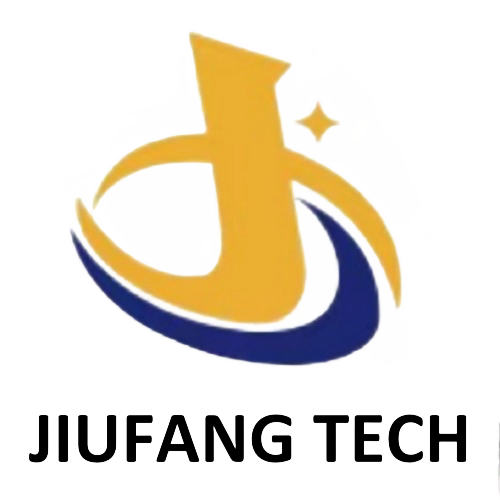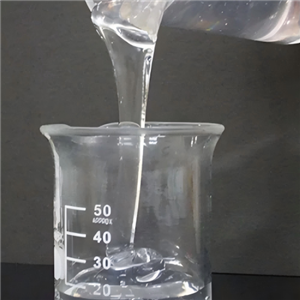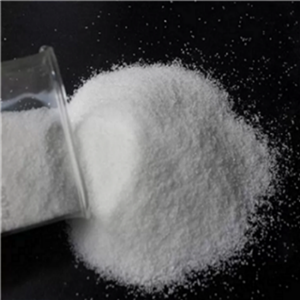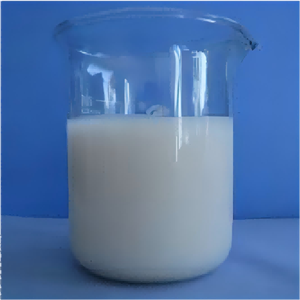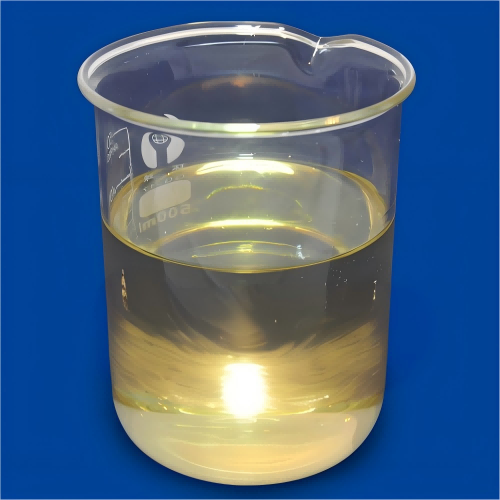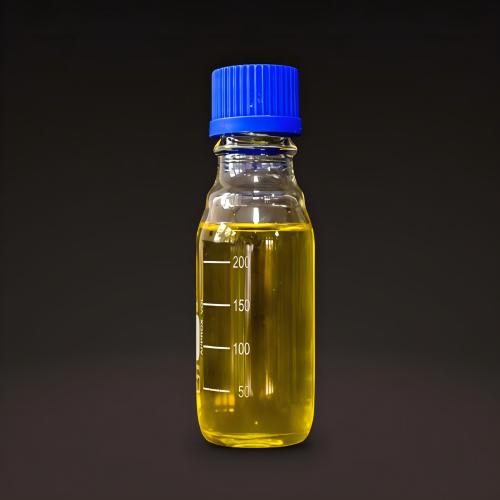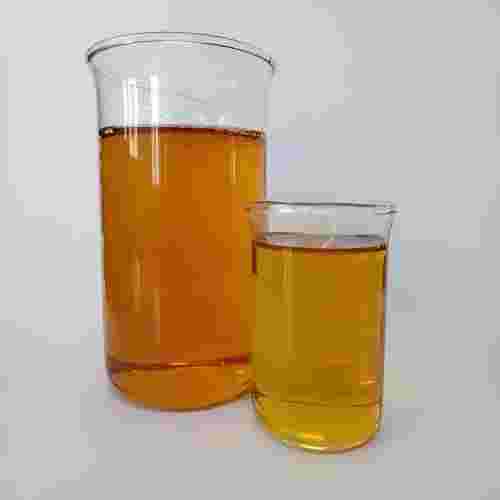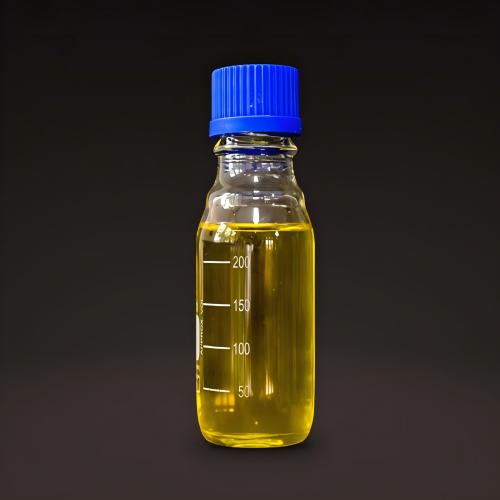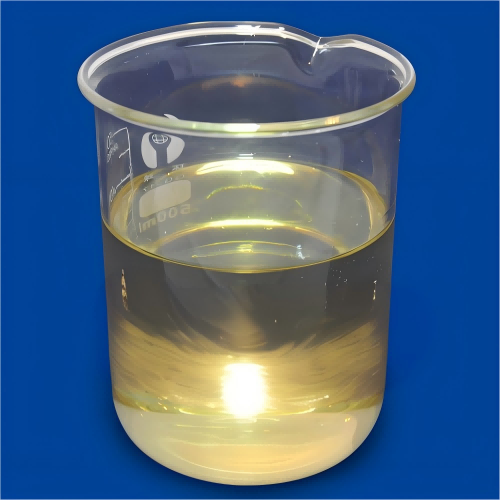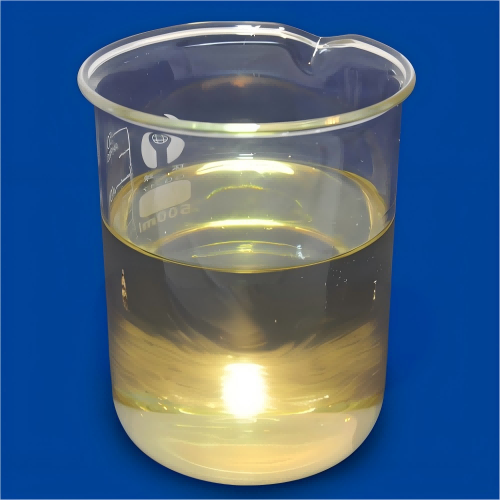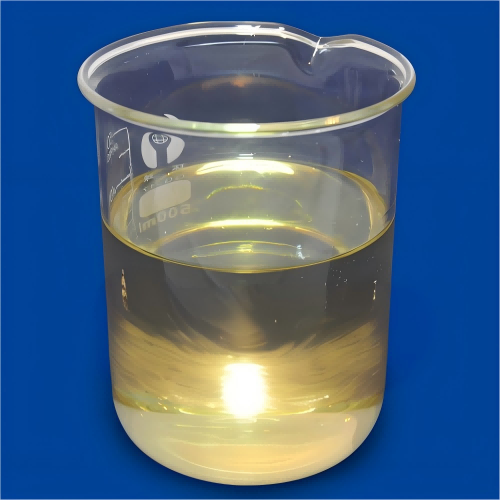
Chemical Polyamine For textile Treatment
Brand Jiufang
Product origin Shenyang
Delivery time Lead time: 7days
Supply capacity 1000Metric Tons per Month
1. Cationic polyamine is used for the decolorization treatment of high-colority wastewater in dye factories, and can be applied for the treatment of wastewater from reactive, acidic, and dispersed dyes.
2.50%polyamine in wastewater treatment is used as a coagulant that is compounded with other wasterwater treatment agents.
Download
Cationic polyamine has wide applications, mainly including the following aspects:
1.Printing and Dyeing Auxiliaries
1) Color Fixing Agent: Polyamine for textile treatment can be used as a color fixing agent in the textile printing and dyeing process. It can form chemical bonds or physical adsorption with dye molecules, enhance the binding fastness of dyes on fibers, prevent dyes from falling off during washing, friction, and other processes, thereby improving the color fastness of dyed fabrics.
2) Leveling Agent: During the dyeing process, cationic polyamine can be used as a leveling agent to help dyes evenly disperse on fibers and avoid uneven dyeing. Cationic polyamine regulates the dyeing rate and adsorption performance of dyes by interacting with dyes and fibers to make the dyeing more uniform. For example, when dyeing polyester fibers with disperse dyes, adding an appropriate amount of cationic polyamine leveling agent can improve the uniformity of dyeing.
2. 50%polyamine in wastewater treatment.
1) Flocculation and Sedimentation
Printing and dyeing wastewater contains a large amount of suspended substances and colloidal substances such as dyes, auxiliaries and fiber impurities. As a flocculant, cationic polyamine for wastewater treatment causes these fine particles to aggregate and form larger flocs through electrical neutralization and adsorption bridging effects, thereby accelerating the sedimentation process.
This helps remove most of the solid impurities in the polymine for wastewater treatment and reduces the turbidity of the wastewater. For example, adding cationic polyamine to the primary sedimentation tank of printing and dyeing wastewater can effectively improve the sedimentation effect and reduce the burden for subsequent treatment links.
2). Decolorization Treatment
One of the significant characteristics of printing and dyeing wastewater is its deep color. Polyamine for wastewater treatment can interact with dye molecules and cause them to aggregate or precipitate through adsorption, complexation, etc., thereby achieving the purpose of decolorization. For some polyamine for textile treatment where it is difficult to remove the color using conventional methods, the decolorization effect of cationic polyamine is particularly obvious. At the same time, polyamine for wastewater treatment can also work synergistically with other decolorants to further improve the decolorization efficiency.
3). Sludge Dewatering using polyamine for wastewater treatment
A large amount of sludge is produced during the treatment of printing and dyeing wastewater, and 50%polyamine in wastewater treatment plays an important role in the sludge dewatering process. It can neutralize the charges on the surface of sludge particles, causing the sludge particles to aggregate with each other and reducing the moisture content of the sludge. The volume of sludge treated with cationic polyamine decreases, facilitating transportation and subsequent disposal. For example, adding an appropriate amount of polyamine for textile treatment before the sludge dewatering machine can significantly improve the sludge dewatering effect and reduce the treatment cost.
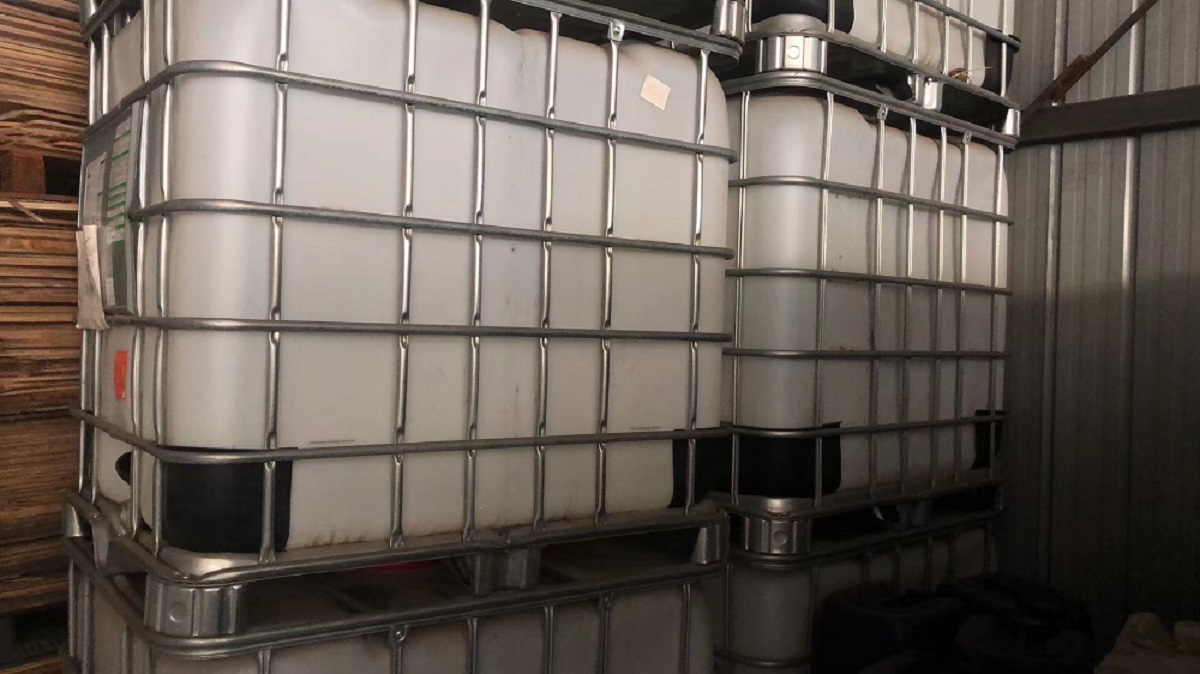
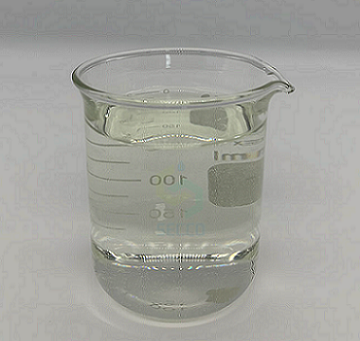
| Name | 50%Polyamine in Wastewater treatment | |||
| Molecular Formula | C18H35N3O3 | |||
| Application | Cationic polyamine for textile treatment | |||
| Appearance | Colorless to ligh yellow viscous liquid | |||
| Odor | Odorless | |||
| Content | 50% | |||
| Supply Ability | 1000Metric Tons per Month | |||
| Quantity(kilograms) | 1~50 | >50 | |
| Lead Time(days) | 7 | negotiated | |
